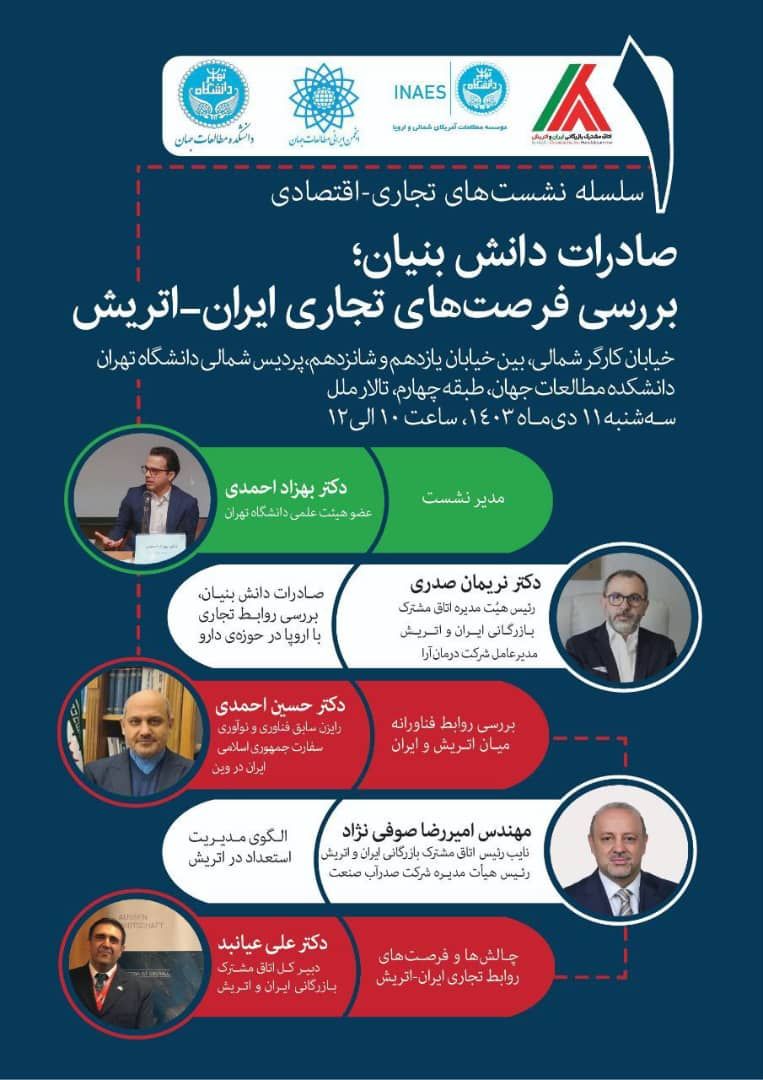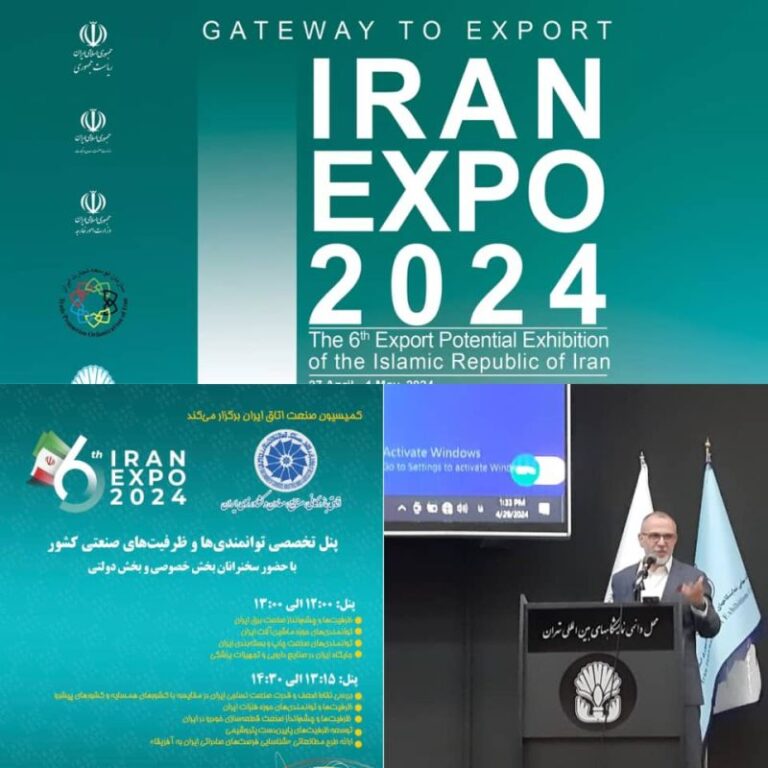Last week, I had the final session of a months-long business negotiation. The negotiator on the other side, a professional businessperson, used almost every classic negotiation technique. I jokingly pointed out in several sessions that he was employing all the classic negotiation skills. However, one technique he skillfully used, which is why the negotiation took so long, was the anchoring effect. When discussing numerical interests in the negotiation, he would tell a story before presenting his number, and eventually, the number he had in mind would be introduced in a way that seemed comparable to numbers from another business agreement. This technique really started to irritate me, and each time I would protest, saying, “Why are you mentioning a number that’s far from the actual situation just to anchor my mind?” But this continued until, in the final session, we both decided without prior coordination that before the deal went south, we would both stop using this technique.
The phenomenon of anchoring occurs when people rely on an irrelevant reference value for a specific quantity, without accurately estimating it. For example, if you are negotiating the commission for a deal and don’t know the market routine for that commission rate, and the negotiator opposite you states, “It’s 20%,” and you have no estimate, you may not know that the market rate is actually 10%. If you then negotiate for 15%, you may feel like you’ve gained 5%, but in reality, you’ve lost 5% because of the anchor of the 20% figure.
In a previous writing about the principle of contrast, we also discussed this effect, but we did not examine its roots. Strong anchoring effects are often found in decisions involving money. In some situations, anchoring seems logical. The anchoring effect sometimes arises from priming and sometimes due to incorrect judgment. Initially, it appears that anchoring results from a cognitive error of System 1, but research has shown that in cases like judgment and selection, the anchoring effect is eventually completed by System 2, meaning System 2 helps the error occur because it performs an information retrieval task that supports the rapid thinking of System 1.
So, if the anchoring effect is so powerful, what can we do to avoid it, especially in financial decision-making?
The answer is external reference. Since both Systems 1 and 2 work together to create cognitive errors, it’s essential to have someone outside of you—someone who isn’t influenced by the initial numbers (the ones that create the anchoring effect)—analyze the situation and provide you with a number based on independent research. Alternatively, the negotiations can be paused, and you can conduct your own research to establish a new anchor before returning to the negotiation. With practice, we can recognize the anchoring effect and delay our decision-making process.
In negotiations, the first numbers announced are always crucial. It’s important to clarify early on that negotiations are over if the numbers are unreasonable, and we have no intention of starting from an unrealistic place.
































